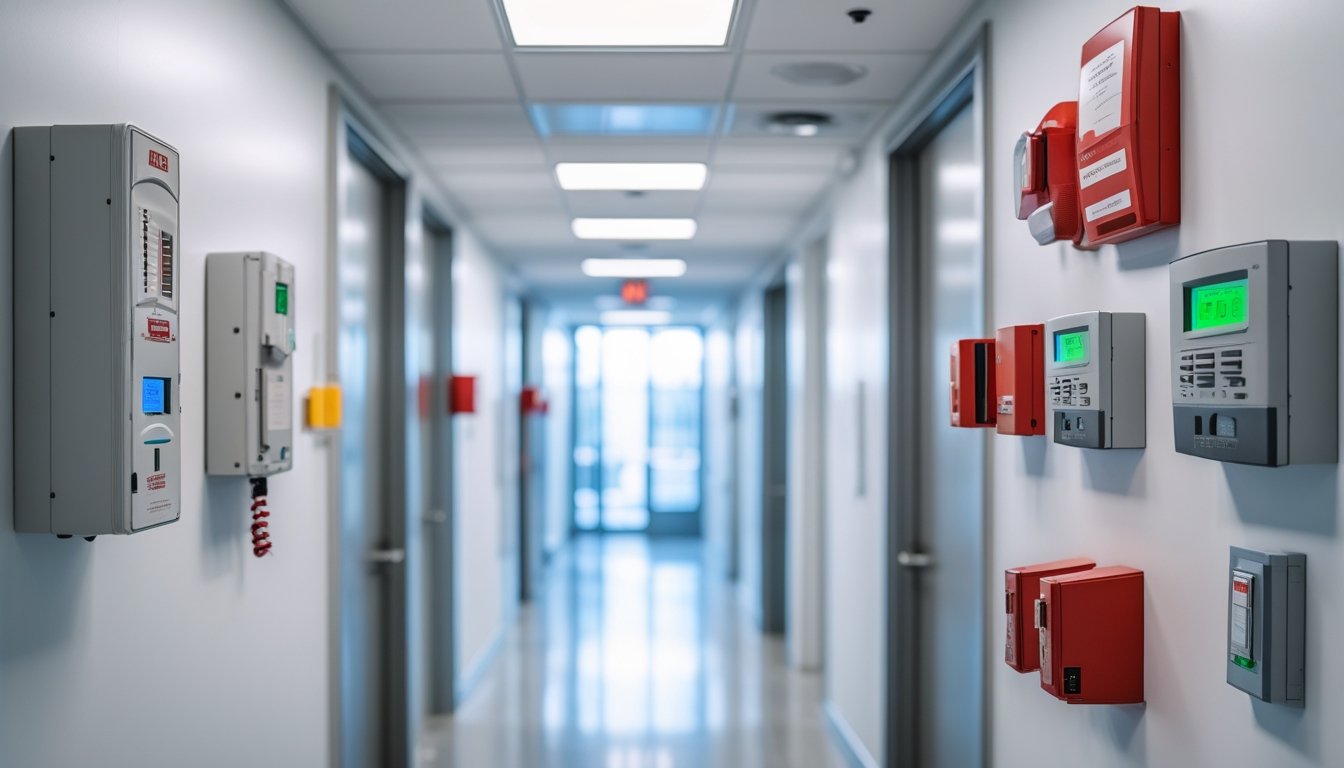If you are a small business owner, you might think that security should not be one of your biggest concerns.
After all, most attackers would prefer to target the biggest companies because that’s where the money is, right?
Well, not exactly.
The truth is, unless you’re dealing with professionals who were hired to attack specific targets, your average attacker would prefer to go after small businesses precisely because of their lower security levels.
A lower security level means easy money, so why should they take unnecessary risks by attacking big businesses when they can make the same money attacking multiple small businesses? The risks would be lower that way compared to attacking one big business.
Cybersecurity should be a concern for you, even if you are a small business owner.
Regardless of how much money you think hackers can make from attacking you (hint: it’s not really a small amount), the financial consequences of a data breach can be disastrous as you try to recover and secure your information and handle potential lawsuits.
Let’s take a look at the top three security concerns for small business owners.
1. Phishing attacks
Phishing attacks are one of the biggest and most damaging threats that small businesses face. In fact, they are estimated to account for over $12 billion in business losses.
A phishing attack happens when a hacker gains a user’s sensitive information like personal details or card credentials. It is usually caused by malicious files or fake websites that fool people into entering their personal details, which go straight to the hacker.
While phishing attacks have been relatively easy to spot, they have since grown to become more sophisticated and convincing. Gone are the days when they were deliberately made to look fake to filter out the tech-literate from the pool of potential victims.
Nowadays, phishers are putting in more of an effort to be more convincing as legitimate businesses. There are plenty of stories on social media where people receive what appears to be a legitimate email from a service they regularly use, and these people are not exactly tech-illiterate.
Phishing attacks are one of the biggest concerns, not just because hackers end up with sensitive credentials, but also because of how difficult they are to prevent and combat.
Instead of targeting technological weak points which can easily be addressed, they target psychological weak points.
The best way to combat this would be to repeatedly instruct workers to be on the lookout for potential phishing scams, but this is rarely foolproof.
We can see this clearly because, despite all the measures companies take, phishing attacks continue to be one of the largest sources of business losses.
Still, the fact that it is one of the biggest threats is all the more reason to stop it and mitigate potential damage. The first layer of security would be to set up email filters to prevent phishing emails and then complement it with worker instructions to prevent phishing attacks if some emails do get through.
2. Malware
Coming second on this list is malware, which is a big concern for both businesses and personal computer users.
Malware comprises cyber threats like trojan worms and viruses, which make their way into computers and do damage in the background.
The effects of malware can range from remotely using a computer’s power to do tasks in the background (like cryptocurrency mining) without the user knowing or to preventing the use of the computer entirely.
Malware can also allow hackers to directly control the computer while users helplessly watch as their computer seems to take on a life of its own.
Like phishing attacks, these programs can come from malicious emails or websites. They enter the computer system when the user clicks on a link or downloads a program, believing it to be a legitimate and from a reputable company.
It’s a big concern for small businesses because they are more likely to let employees use their own computers for work. This means that the security protocols that business owners use are not the same for those in workers’ personal computers.
In most cases, the workers’ own computers have weaker security compared to the business, creating a very attractive weak point for potential hackers to gain access to.
When a malware attack happens, it becomes costly depending on the extent of the damage. In worst-case scenarios, it could lead to requiring a total wipe of all the data in the computer or even a purchase of a brand-new computer.
When it comes to malware, prevention is definitely better than the cure, so make sure to install powerful anti-malware programs like Malwarebytes.
3. Ransomware
Ransomware is a threat that businesses are more likely to face than the average personal user.
It involves encrypting company data to be inaccessible except only to the hacker, who then demands ransom money from the company to make the data accessible again.
You can imagine how disastrous this would be if your most sensitive data ends up locked away. It’s an even bigger threat for small businesses because they don’t usually have the resources to pay the ransom.
In worst cases, a ransomware attack could force small businesses to choose between indefinitely stopping their operations until they recover their data or bankruptcy.
You might think that hackers would prefer to target businesses that can pay off the ransom, but the truth is quite the opposite. In fact, 71% of ransomware attacks in 2018 targeted small businesses.
This is because hackers know that small businesses have weaker security. This makes them easier targets. Additionally, small businesses don’t usually have backups for their data, making them more likely to be forced to pay the ransom if they want to continue operating.
To address this problem, you should have effective measures designed to prevent unauthorized encryption of your data. Additionally, you should always have regular data backups, so you’re less likely to be forced to have ransom payment as your only option.
There are plenty of data protection and storage methods available, so choose the one that best fits your organization’s needs and resources.
.svg)


.svg)


.svg)



